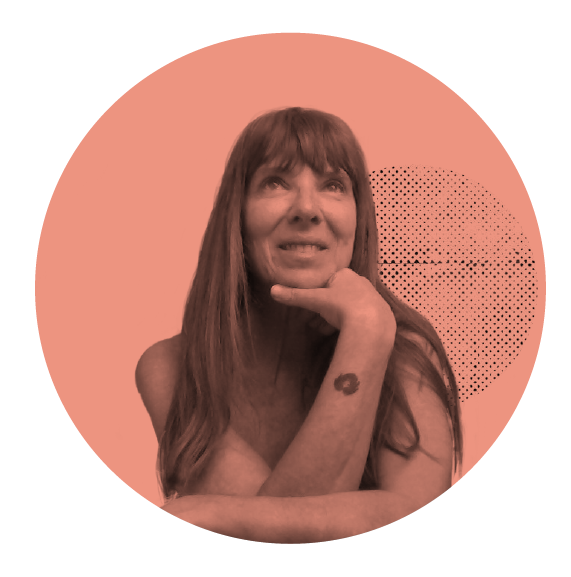Address
Setor de Difusão Cultural Via N1, St. de Divulgação Cultural - Eixo Monumental, Brasília

Suzete Venturelli held postdoctoral studies at the University of São Paulo, School of Communication and Arts; PhD in Arts and Art Sciences, at the Sorbonne University Paris I; (DEA) in Histoire et Civilisations – University Montpellier III -Paul Valery, France, entitled Candido Portinari: 1903-1962. Graduated in a degree in drawing and plastic by Mackenzie University in São Paulo. Since 1986 she is a teacher, artist and researcher at the University of Brasilia and CNPq. She has published the books Arte: espaco_tempo_imagem and Imagem Interativa, both by Edunb.
Her artistic, scientific and technological production involves Computational Art, Art and Technology, Virtual Reality, Virtual Worlds, Animation, Digital Art, Virtual Environments, Sound Art and Interactive Image. She also coordinates the International Art and Technology Meetings (#ART).
It is intended to highlight through curatorship the process that occurs at the level of immersion and augmented reality that induce synesthesia, in a mix of sensations, that open the way to new metaphors. The technological and linguistic condition in the explanation of the other, can bring a rupture, a displacement in the order of creation of altered states. There is, then, a space for the imagination or even to dematerialize reality.
The real and the virtual will become present in these architectures of imagination engendered for other perceptual interactions. The selected works consider some essential parameters from the point of view of the image, which are translated, firstly, into the image that is everywhere, secondly, the image that is always in motion and, thirdly, the transformation of the image as resulting from public interaction.
This perceptual context marks the interference generated by the numerical simulation: nature, artifice, original, double, reproduction, imitation, simulation and illusion come together and mix. What we can see in this case is that the relationship between nature and artifice encompasses conceptual implications in science, art, and aesthetics.
The artworks are elaborated computationally, which means that they incorporate the computational machines and software created by the exhibition artists who developed personal methods and techniques, considering that they must be designed to execute a specific type of algorithmic process. One of the important aspects of the exhibition is to emphasize that the system created is complex, since it allows interactivity between the visiting public, interactor, and artworks.
The modus operandi of artists is universal. The advent of computers boosts the imagination and creativity of artist-programmers. To find human nature, this type of art subverts the functions of contemporary technologies.
Computational art must be imagined from different human dimensions, from different points of view. This suggests the participation of subjects from multiple areas of knowledge in the dialogue, the exchange of information, as well as the search for means and solutions to solve certain puzzles, since reality, as a living and changing system, constantly is not full understandable and is often an enigma.
The practice of computational art develops itself in the territory of communication technologies, becoming nomad, and universities are fertile territories in the sense of research. For this reason, this practice is not classified as deriving only from the tradition of the Plastic Arts and, scholastically, as a result of the Schools of Fine Arts.
Aesthetic theory involves science and technology of this century, considering a fecund dialectic, in which art renounces the institutional monopoly of concepts such as intuition, sensibility, and creation, just as science abdicates from the total domain of the elaboration of theoretical models.
